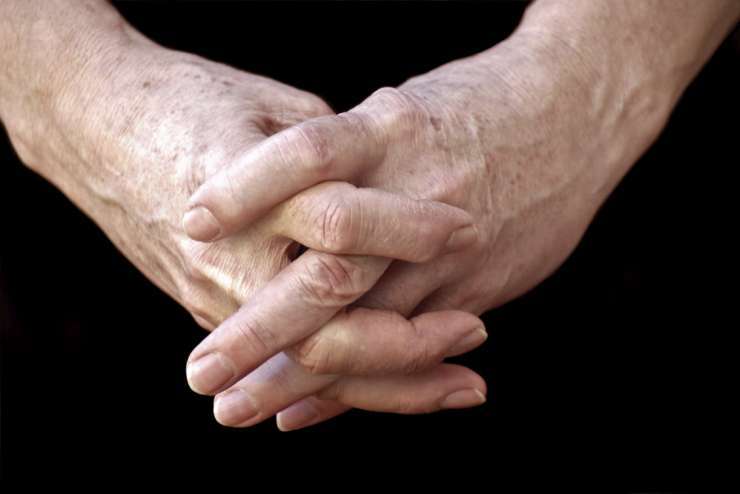Negligence in a personal injury case is the failure to use reasonable care to avoid a foreseeable harm to person or property. To prove negligence and resulting damages, several criteria must be met:
- First, to prove negligence you must show that there was a duty owed from one person to another. The nature of that duty may change depending on the relationship of the parties. Typically, persons owe a duty of "ordinary care" to other people. However, a child is held to a lower standard, that being what another child would do under the circumstances, as opposed to what an adult would do. Certain professionals and tradesmen are held to a higher standard, that being what other persons in that profession or trade would do under the circumstances.
- Second, to prove negligence it must be shown that there was a breach of that standard of care. In other words, someone failed to do what they should have under the circumstances in light of the duty owed from one person to another.
- Third, to prove that damages resulted from the negligence it must be shown that the breach of that standard of care was the actual and "proximate" (or legal) cause of the injury. This means that the injury was the foreseeable consequence of the breach of care.



